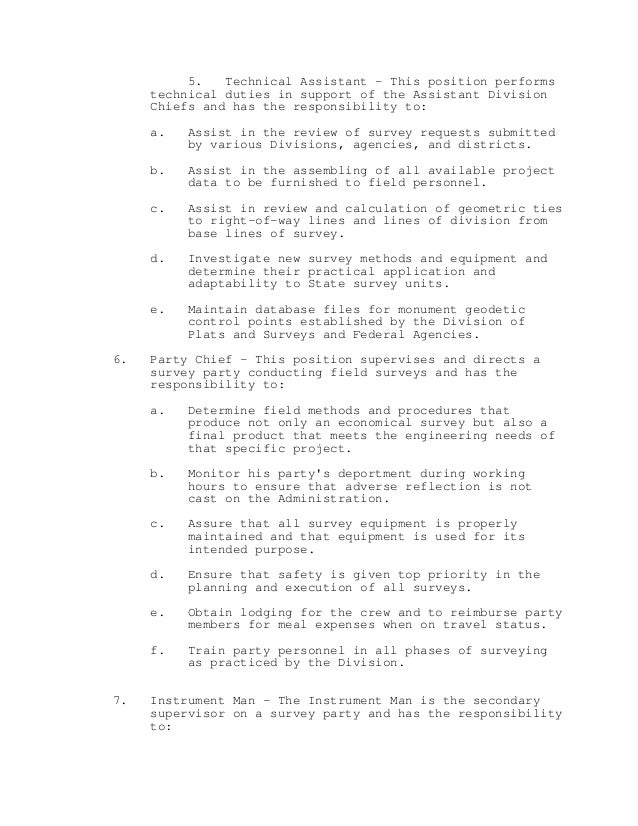Manual For Streets Visibility Calculator
Application Intersection design should facilitate eye contact between street users, ensuring that motorists, bicyclists, pedestrians, and transit vehicles intuitively read intersections as shared spaces. Visibility can be achieved through a variety of design strategies, including intersection “daylighting,” design for low-speed intersection approaches, and the addition of traffic controls that remove trees or amenities that impede standard approach, departure, and height sight distances. Sight line standards for intersections should be determined using target speeds, rather than 85th-percentile design speeds. This prevents wide setbacks and designs that increase speeds and endanger pedestrians. In certain circumstances, an object in the roadway or on the sidewalk may be deemed to obstruct sightlines for vehicles in a given intersection and to pose a critical safety hazard. Removal of the object in question is a worst case scenario based on significant crash risk and crash history. Many objects, such as buildings, terrain features, trees in historic districts, and other more permanent parts of the landscape should be highlighted using warning signage and other features, rather than removed.
The page also discusses how the manual is formatted and gives a listing. Section 3: Sight Distance. Policy on Geometric Design for Highways and Streets.
Vehicle codes state that drivers must yield to drivers on the right, which necessitates slowing down. City of Portland, Oregon, “,” accessed June 3, 2013.
Parking is typically restricted within 10–25 feet of a crosswalk. San Francisco uses 10 feet; New Jersey adopted 25 feet within a marked or unmarked crosswalk.
New Jersey,: Title 39:4 Motor vehicles and traffic regulation. FHWA Safety Program, “,” accessed June 3, 2013. San Francisco standards allow trees 25 feet from the near-side and 5 feet from the far-side curbs.
Manual For Streets 1


“,” San Francisco Department of Public Works, accessed June 3, 2013. Elizabeth Macdonald, Alethea Harper, Jeff Williams, and Jason A. Hayter, (Berkley: Institute of Urban and Regional Development, University of California at Berkeley, 2006). Pedestrian scale lighting may be added to existing vehicle poles or between poles. (Chicago: Active Transportation Policy, 2012). Spacing depends upon existing lighting available, roadway width, and quality of lighting, but in general lighting every 50 feet provides a secure nighttime walking atmosphere.
Project for Public Spaces, “,” accessed June 3, 2013. Complete Streets Complete Networks – A Manual for the Design of Active Transportation. Chicago: 2012. Antonucci, Nicholas D., Kelly Kennedy Hardy, Kevin L.
Slack, Ronald Pfefer, and Timothy R. “.” Transportation Research Board NCHRP Report 500 (2004): (12), 1-133. “.” Center for Transportation Research and Education, Iowa State University Institute for Transportation, 2001. Federal Highway Administration. “.” Federal Highway Safety Program: Counter Measures, 2009. Macdonald, Elizabeth, Alethea Harper, Jeff Williams, and Jason A. Berkeley: Department of City and Regional Planning, University of California, Berkeley, 2006.
The Playprincess Games extension does not collect any personally identifiable information. PLAY THOUSANDS OF THRILLING GAMES FOR FREE ON PLAYPRINCESS GAMING PORTAL NOW! Patch gta san andreas pc terbaru software. All such ads are served to you while you surf the internet and are branded as Playprincess Games ads. Please Read Carefully: By clicking 'Start Game' to install Playprincess Games, you hereby consent to the Playprincess Games and, and agree to allow the Playprincess Games extension to serve you advertisements.
Portland Bureau of Transportation. “.” Portland: 2010. Project for Public Spaces. “.” Accessed June 3, 2013. San Francisco Department of Public Works. San Francisco: 2009.
State of New Jersey. “.” New Jersey Statutes Annotated: Title 39. New Jersey: 2003.
Manual For Streets
The SSD Calculator is a useful tool to quickly and easily calculate recommended Stopping Sight Distances based on the formula given in Manual for Streets 2. Recommended SSD's can be calculated for new or existing streets, and the calculator fully takes into account all the relevant parameters such as wet/dry conditions, vehicle type and gradient of the road. Please note that local conditions may require a deviation from the recommended distances, but please feel free to contact us for further guidance.